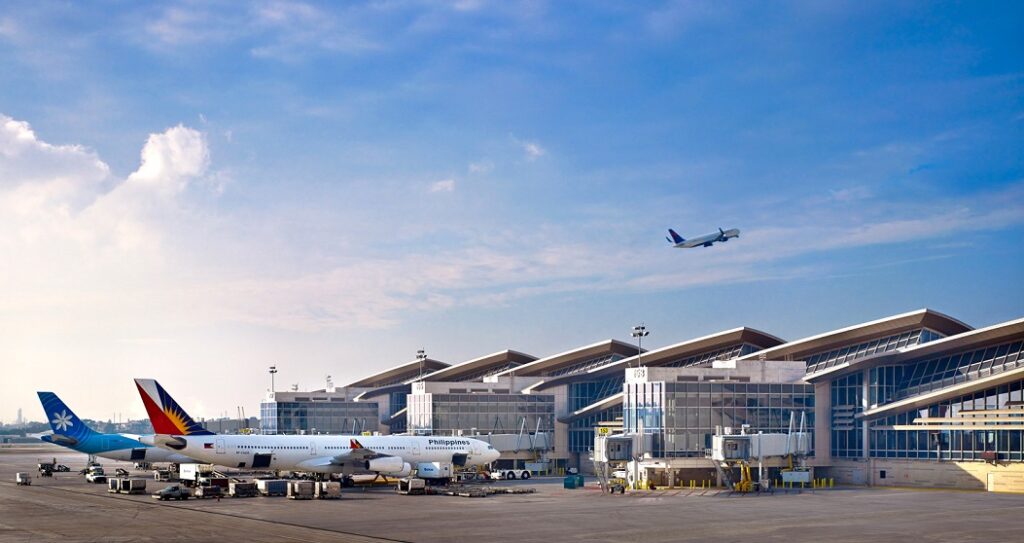The Need for a Global Approach to International Flights
Jean-Marc Bourreau
September 29, 2021

|
This opinion piece does not pull any punches. It highlights the disarray that the aviation world is in when it comes to international travel. The answer to the dangerous dithering? A conference to thrash out a global solution – one that can give travelers the confidence to fly again in large numbers. |
Unless industry officials move quickly, political tunnel vision and chaos around international flights will remain. There are some key factors at play:
- Air transport institutions have failed to provide timely and adequate response
- Governments have created political chaos for air transport
- The air industry has focused on protecting its business model instead of putting passenger confidence at the forefront of their fight.
Against this backdrop, how can we save the day?
A decisive first step is recognizing what is hindering international air transport recovery: I want to see decision-makers participating in a high-level emergency international conference on air transport and leave with clear goals to harmonize how international flights are managed in this new normal.
The more than 95% of international flights cancelled between March and June 2020 is just an illustration of the depth of the wound sustained. The situation remains gloomy at best, despite some weak signs of recovery. It’s clear why the situation is complicated: countries have put in place inconsistent measures around vaccination status and certification, testing, quarantines and border closures. That is on top of travel bans so complex and without any harmonization that airlines and passengers are facing incredibly high levels of uncertainty, incompatible with most travel needs.

At LAX, while domestic traffic is up 56% (January to August 2021 vs the same period in 2020 during the pandemic) international is still down 12% (image courtesy of LAWA).
A Weak and Untimely Response
The initial response of the international institutions was weak and untimely. Basic health mandates for the protection of crews and passengers, such as the mandatory use of masks, were disputed for months. Timid and unclear guidance from the United Nations, World Health Organization and the International Civil Aviation Organization appeared only months into the crisis, leaving airports, airlines and governments on their own.
Recently published technical guidance fails to recognize that the crisis is no longer a matter of technical response, but rather political. Governments reacted with widely varying policies – untimely for the most part – and without any coordination. Borders were closed unilaterally, often without informing other countries in advance, quarantines were imposed in varying schemes, and within each country, responses to the crisis ranged from complete lockdowns to no response at all. Moreover, most governments changed their policies, in a trial-and-error mode, adding to the political chaos that prevails today.
Airlines – either individually or through their associations – opposed most initiatives that could have provided passenger confidence and instead spent considerable efforts trying to demonstrate that flying was safe, when, indeed, no activity involving gathering in a confined environment and without stringent protective measures can be safe.
Airports implemented distancing measures in infrastructures that were not designed for them; focused on securing financing, often executing force majeure clauses; and called for traffic resumption without proposing integral protection measures.
Limitations are not Technical but Political
Almost two years after the first reported cases of COVID19, domestic air traffic in Europe, China, the USA and a few other countries has reached levels comparable to pre-pandemic times, while international traffic is still severely limited. Again, this tells us that the limitation is not technical, but rather political.
So, let’s organize this international conference so that we leave with clear goals like this one: establish a simple system that allows airlines and travelers to understand the situation in each country with respect to COVID19, with associated standardized requirements to travel to and from every country.
A green, yellow and red system, based on common parameters, as simple as possible, and with common sanitary requirements for each category could save the day. Achieving this in one conference might be wishful thinking, but establishing a forum where a common political message can emerge from the largest economies of the world would be a giant leap forward.
Who will step up to the challenge and set the basis for the true recovery of air transport?
